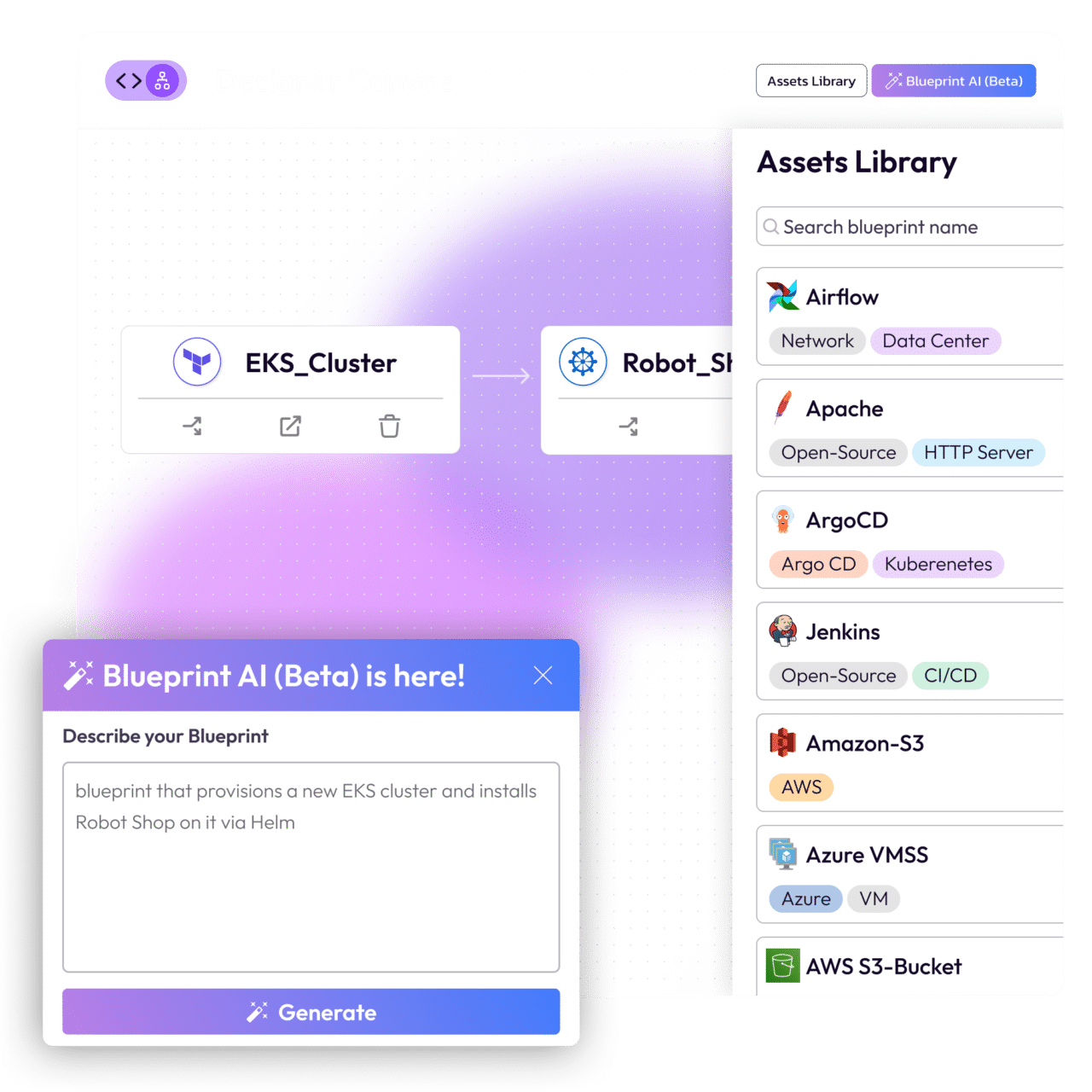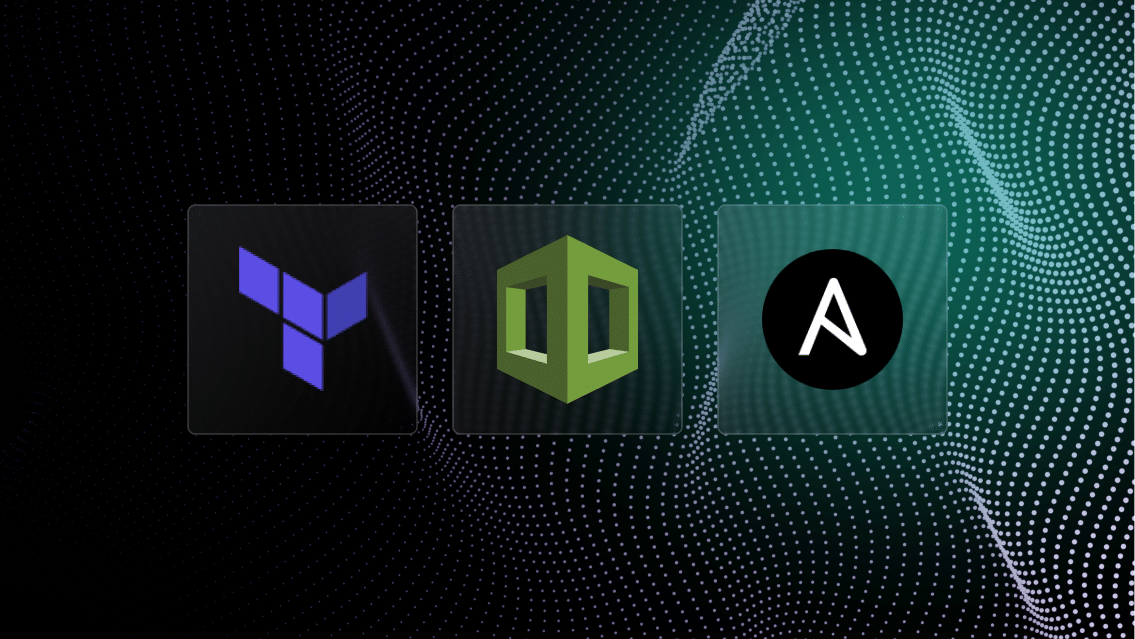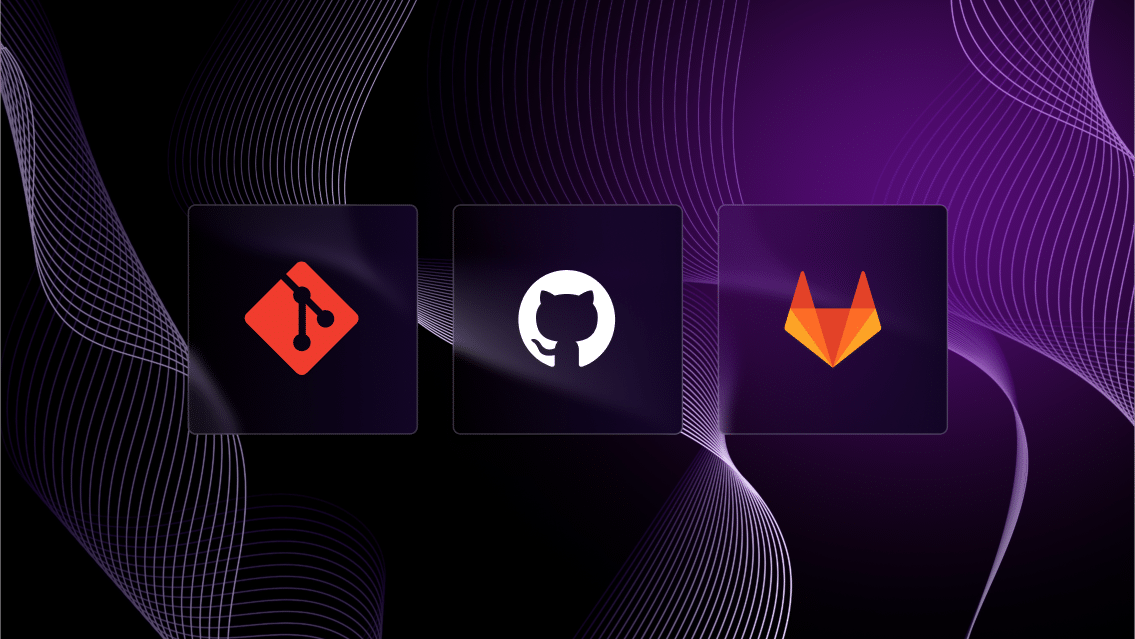Your Terraform Infrastructure, Simplified for Developer Self-Service
Quali Torque allows you to submit basic AI prompts describing how your Terraform and other IaC resources should be configured, then automatically creates Environment as Code templates that developers can provision via self-service.

You Don’t Need to be a Terraform Expert Just to Run Environments
Provisioning infrastructure via Terraform often requires extensive knowledge of IaC and cloud infrastructure, creating a skills gap that slows your teams down.

Limited Access
Even teams that integrate Terraform with their developer tools fall short of delivering the dev, test, staging, and other environments that developers need.

Complex Provisioning
Defining and provisioning environments requires extensive knowledge in the IaC and Kubernetes tools used to define infrastructure and the cloud platforms they’ll run on.

Configuration Chaos
Limited visibility and governance over IaC make it difficult to keep configurations up to date and in line with performance, security, and cost standards.
Quali Torque simplifies Terraform so your developers can launch environments via self-service.
No-Code Environment Design
Quali Torque turns your Terraform modules into reusable building blocks that you can use to design templates for your custom environments that developers can launch on-demand.
Developer Experience
Provide self-service access for developers to find and launch pre-configured environments without the need to define Terraform variables or cloud security credentials.
Visibility & Optimization
Keep all Terraform infrastructure up to date with real-time cost and usage tracking, automated detection of configuration drift, custom cloud governance policies, and pre-scheduled teardown of all cloud services your teams deploy.
Quali Torque Simplifies Infrastructure as Code
Leverage IaC
Quali Torque leverages your Infrastructure as Code and other application resources so you can create Environment as Code templates that can be launched on-demand.
AI Infrastructure Orchestration
Submit basic AI prompts describing how your IaC resources should be configured and Quali Torque will automatically design that environment and generate a reusable Environment as Code template to provision it.
Self-Service Launch
Provide developers a self-service catalog to launch your Environment as Code templates in just a few simple clicks, all while managing role-based permissions, security authentication, and cloud governance policies automatically.
Continuous Governance
Improve performance, security, and cost efficiency with continuous monitoring for configuration drift and violations of your cloud governance policies.
Cost & Activity Reports
Track all activity and associated costs by the users and teams responsible for them so you can act on opportunities to improve efficiency proactively.
Watch a Brief Demo of Quali Torque
See how to leverage Terraform to create a developer-friendly platform for cloud environments.

Visit the Torque Playground to Try it For Free
With no email or credit card required, you can build & launch real cloud environments from IaC.
Frequently Asked Questions
It starts with your Git repository. Torque will connect to your GitHub, GitLab, or Bitbucket repository, identify all the files within them—including Terraform, CloudFormation, Helm Charts, and native Kubernetes manifests—and allow you to choose the assets to import.
Torque will create visual “building blocks” representing these and other assets (such as Jenkins) that you can use to define the infrastructure components of an environment. In practice, these are YAML files generated in Torque that defines the resource configuration in a simple way, allowing admins to use each infrastructure component equally regardless of the IaC tool used to define it.
Admins can then use Torque’s visual design tool to add these components to define an environment, set dependencies by connecting these components using the designer, and set parameters using a user-friendly form for each asset.
This design process will automatically generate a new source file defining the complete environment, which can then be launched by those with user-only permissions.
Absolutely not. Torque blueprints embrace and extend existing Terraform modules.
The Torque platform is designed to help our users seamlessly and safely access and rapidly deploy their existing Terraform scripts. Torque is unique for its ability to automatically identify and map multiple configuration types (Terraform, Helm, CloudFormation, Kubernetes, and vCenter) into a single repeatable blueprint.
Further, Torque ties Terraform-configured infrastructure elements to business context – who owns it, operates it, its purpose, the application and/or business that it enables, and what the infrastructure costs to operate.
Think of Quali’s Torque as a unified control plane for all your infrastructure assets.
We support all versions of Terraform, even those released after Terraform version 1.5.5.
Torque users can also leverage OpenTofu, the open source fork of Terraform IaC, and can create templates for environments consisting of resources defined in multiple IaC tools, including various versions of Terraform, OpenTofu, CloudFormation, Ansible, Helm, and native Kubernetes manifests. Contact us to learn more.
Traditionally, DevOps teams responsible for Terraform and other IaC resources need to understand how to use the IaC modules to provision cloud infrastructure, including expertise in things like the cloud providers’ parameters and credentials needed to launch each asset.
Torque provides a developer platform for launching application environments via a self-service catalog. These environments can be built using Terraform modules that define individual cloud resources.
In the catalog, developers can see environments with user-friendly names that align with the dev, test, staging, or other use case they need. To launch, developers only need to click “launch” on the environment via the self-service catalog.
Torque manages cloud account credentials automatically and allows admins to set default values for parameters like cloud region, so developers can run the infrastructure they need without extensive knowledge of cloud technologies.
Ultimately this means that developers can launch environments without an IaC expert provisioning them every time they need them.
The Torque platform was designed to enhance your existing workflows. That means automating the entire lifecycle of environments directly where–and when–they’re needed.
Torque will automatically deploy the right environment at the onset of a new stage of the CI/CD pipeline, then shut that environment down after that stage is complete.
Torque currently supports deployment on infrastructure within Jenkins, Azure DevOps, and CircleCI.
Yes. With Torque, infrastructure teams can enforce security and compliance by configuring environment blueprints with secrets and cloud account credentials securely embedded (and invisible to the user) to conform to policies that mitigate business risk. Torque’s policy engine, powered by Open Policy Agent (OPA), can embed guidelines for user access, cost, usage, and governance into the infrastructure provisioning process.
Still have questions? Book a demo
Our team is ready to answer your questions about how Terraform users leverage Quali Torque



